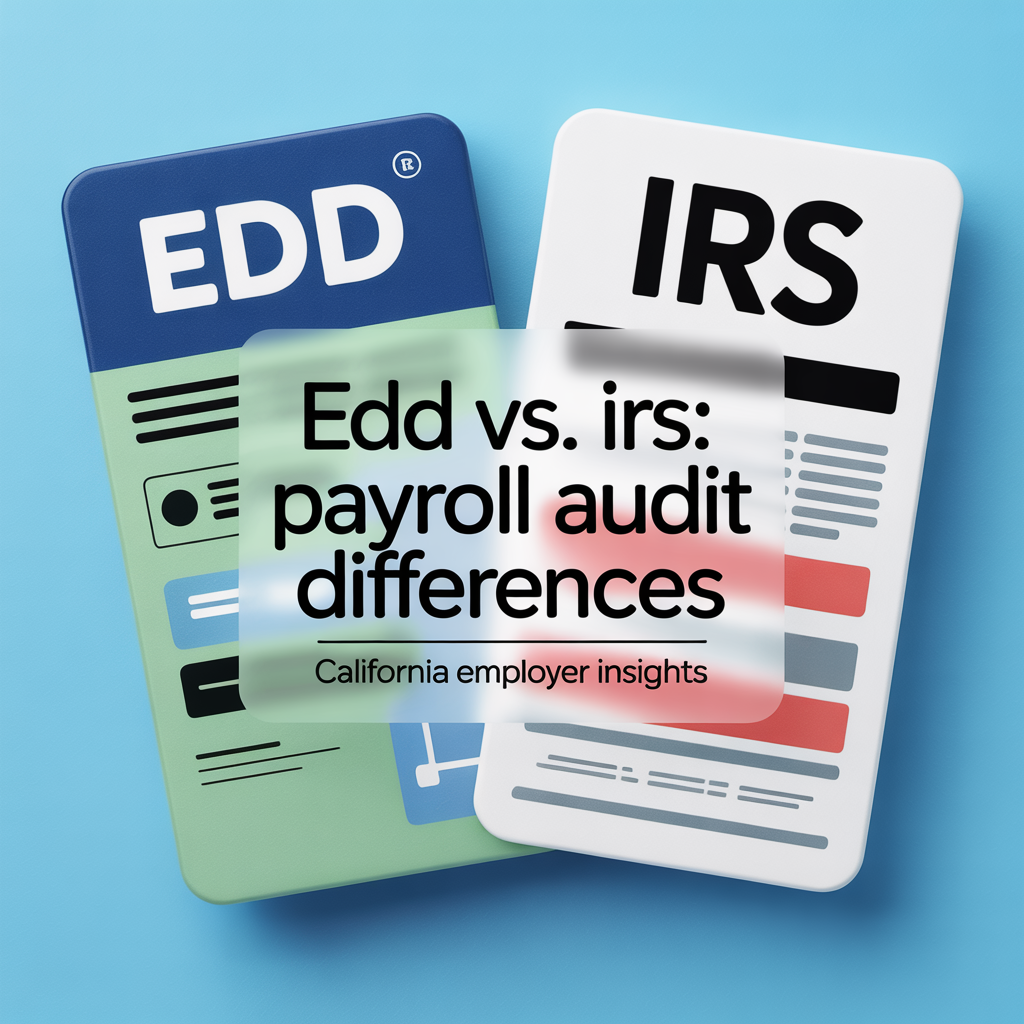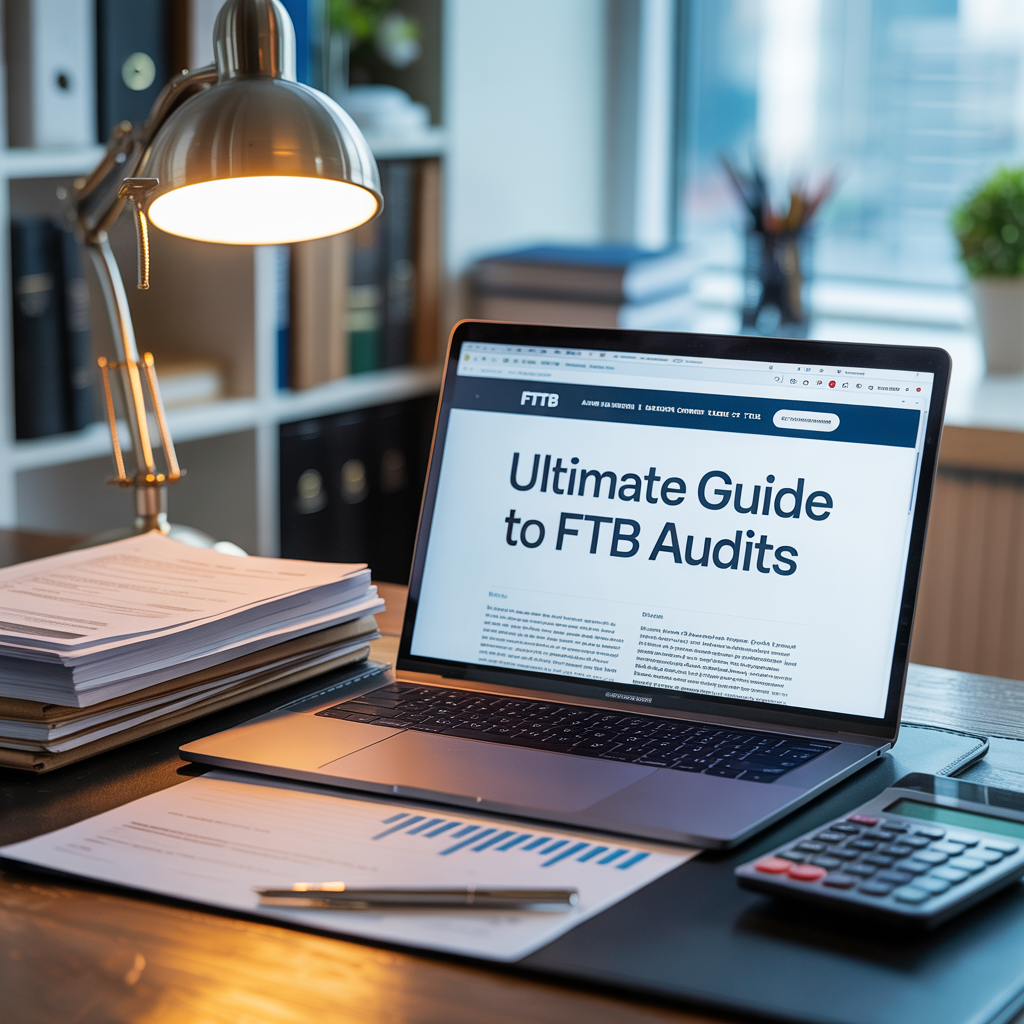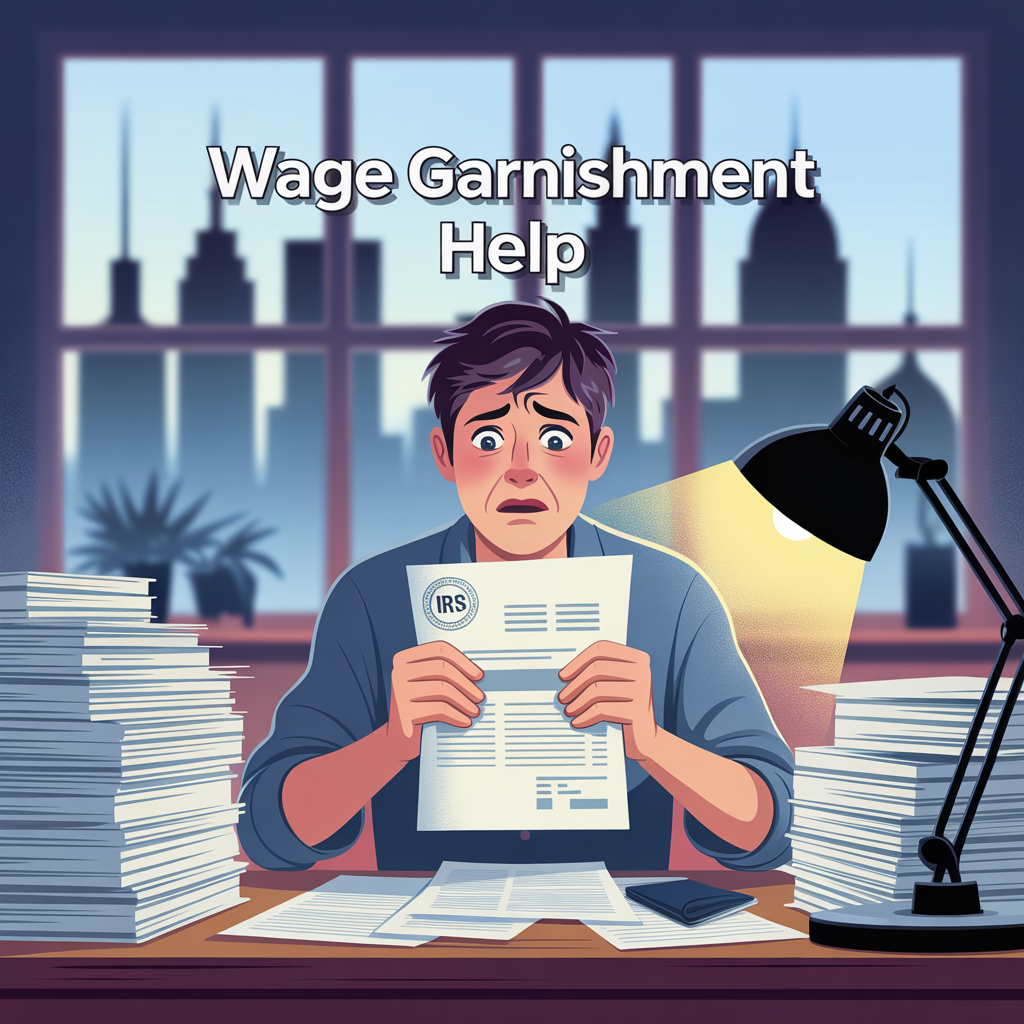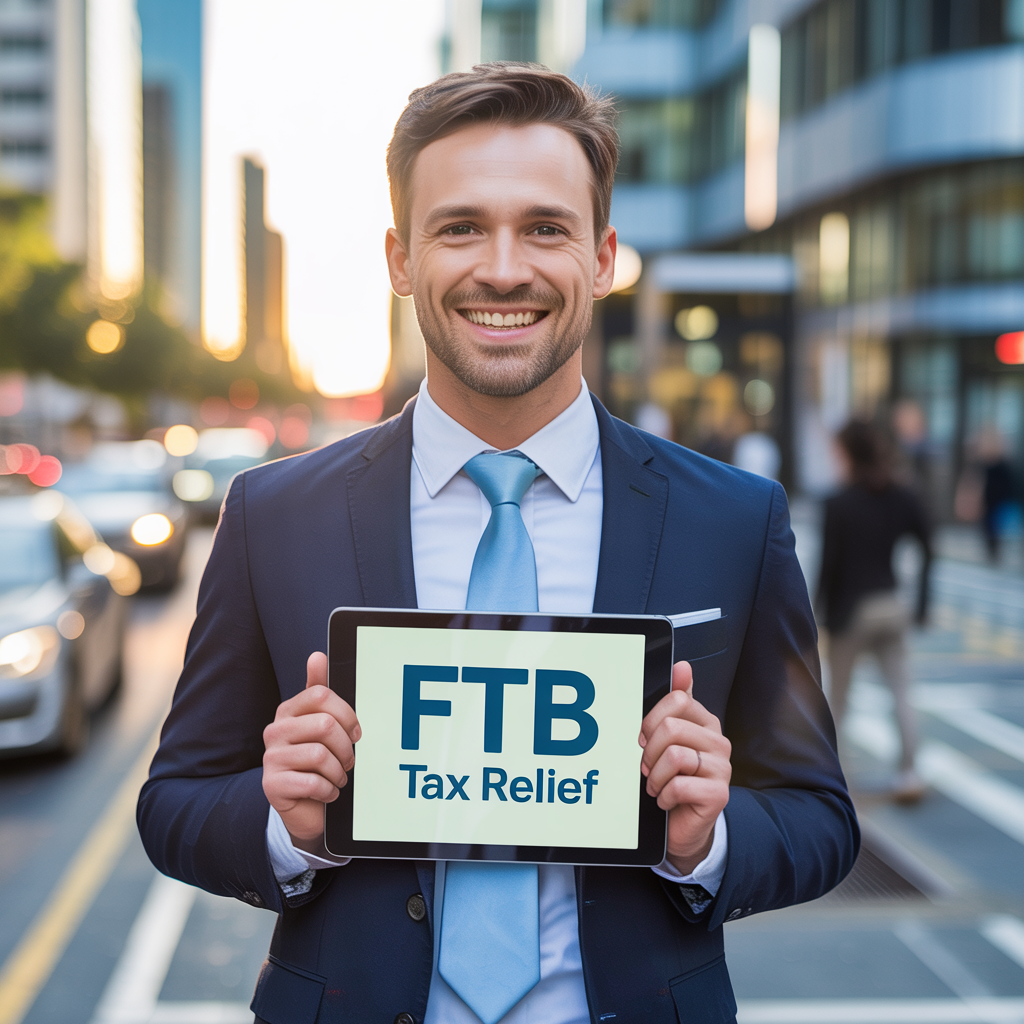How to Get an IRS Levy Released Fast (Without Paying in Full)

How to Get an IRS Levy Released Fast (Without Paying in Full)
If the IRS is garnishing your paycheck or froze your bank account, you don’t have to give up. Many taxpayers ask, IRS seized my bank account—what now? The good news is that you may be able to get the levy released quickly without paying the full balance in one lump sum.
This blog explains how to request a fast IRS levy release using hardship claims, appeals, or resolution plans.
What Is an IRS Levy Release?
A levy release is when the IRS lifts a wage garnishment, bank account freeze, or seizure order before the debt is fully paid.
If you’re facing IRS wage garnishment enforcement, a levy release could restore your paycheck and give you room to negotiate a fairer resolution.
Common Grounds for IRS Levy Release
- Financial hardship (you can’t afford basic living expenses)
- You enter an Installment Agreement
- Using Currently Not Collectible status to stop levies when you can’t pay basic living expenses.
- Settling with an IRS Offer in Compromise when you qualify to reduce the overall tax debt.
- The levy was issued
in error
How to Request a Levy Release
- Call the IRS collections line or your assigned Revenue Officer
- Submit Form 433-A or 433-F
- Request hardship-based release under
IRC §6343
- If urgent, file Form 911 to involve the Taxpayer Advocate
Taxpayers also have rights through IRS levy appeals and collection due process, which allow you to challenge a levy and request a hearing before an independent IRS office.
How Fast Can a Levy Be Removed?
- Bank levy: Must act within 21 days
- Wage garnishment: Can stop on the next pay cycle
- Other levies: Depends on IRS backlog, case type, and negotiation
If you’re asking, can you stop an IRS levy after it starts, the answer is yes. With the right legal grounds, you may stop it immediately—or replace it with a payment plan or settlement.
We Help California Taxpayers Remove Levies Without Paying in Full
At Boulanger CPA and Consulting PC, we:
- File emergency levy release requests
- Stop garnishments immediately
- Settle your debt through alternatives
- Protect your rights during IRS negotiations
Fighting back against an IRS levy isn’t just about short-term relief—it’s about securing your financial future. That’s why we encourage taxpayers to explore more in Defend What’s Yours, where you’ll find strategies, case examples, and practical steps for protecting your income.
📞 Call (657) 218-5700 or visitwww.orangecounty.cpa
Frequently Asked Questions
How can I get an IRS levy released fast?
You can request a levy release by proving financial hardship, entering into an installment agreement, or submitting an Offer in Compromise. Immediate relief is possible with the right documentation.
Does the IRS have to release a levy for hardship?
Yes. If you show that the levy prevents you from meeting basic living expenses, the IRS must release it under federal law.
Do I have to pay the full balance to stop a levy?
No. While full payment always resolves the levy, alternatives like installment agreements, CNC status, or OICs can stop levies without paying in full.
Can an appeal stop an IRS levy?
Yes. Filing a Collection Due Process (CDP) appeal or Collection Appeals Program (CAP) request can suspend levy actions while your case is reviewed.
How quickly does the IRS act on a levy release request?
The IRS may release levies within days if you provide complete financial information proving hardship or if a payment plan is approved.
Does California have similar levy release options?
Yes. The California Franchise Tax Board (FTB) and Employment Development Department (EDD) must release levies if you prove financial hardship.
Should I hire a CPA for an IRS levy release?
Yes. Professional representation speeds up the process, ensures compliance, and protects you from further enforcement actions.
📣 About the Author
Marc Boulanger, CPA is the founder of Boulanger CPA and Consulting PC, a boutique tax resolution firm based in Orange County, California and trusted by high-income individuals and business owners across Southern California.
He is the author of Defend What’s Yours: A California Taxpayer’s Guide to Beating the IRS and FTB at Their Own Game, available now on Amazon. The book offers a step-by-step plan for resolving IRS and FTB tax debt without losing your business, your home, or your peace of mind.
With over a decade of experience resolving high-stakes IRS and State tax matters, Marc brings strategic insight to complex cases involving wage garnishments, bank levies, unfiled returns, and six-figure tax debts. He is known for helping clients reduce or eliminate tax liabilities through expertly negotiated settlements and compliance plans.
Marc is a Certified Public Accountant licensed in California and Oklahoma and holds the designation of Certified Tax Representation Consultant. He is a member of the American Society of Tax Problem Solvers (ASTPS) — the national organization founded by the educators and practitioners who have trained thousands of CPAs, EAs, and tax attorneys in IRS representation strategy.
Every case is handled with discretion, proven methodology, and direct CPA-led representation — not call center scripts.
📍 Learn more at www.orangecounty.cpa or call (657) 218-5700.










